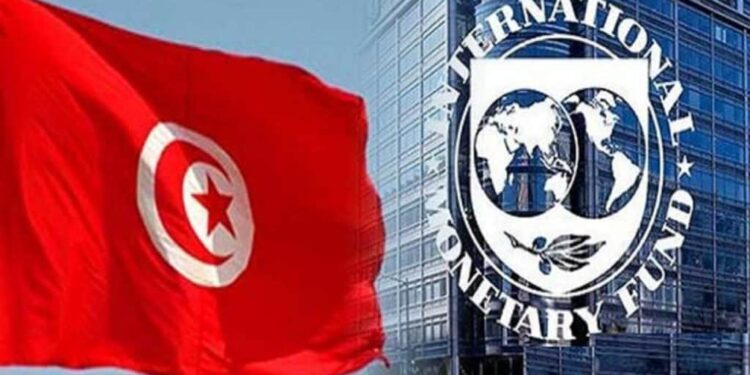Recently, several media relayed the information according to which “Tunisia would have repaid 125% of its external debts at the end of September 2025, thus exceeding the amount provided for in the finance law, estimated at 8,469 million dinars”.
According to this information, the country would have settled all of its external credits for the current year three months before the end of the year, while recording a comfortable level of reserves and a general drop in external borrowing.
Speaking on Express FM, finance expert Maaz Hedidan said the 125% figure was “incorrect”. According to him, the service of the external public debt has been known since the beginning of the year and amounts to 10,393 million dinars, of which 8,469 million represents the principal and 1,924 million corresponding to interest.
The latest statement from the Central Bank, updated on September 30, indicates that the total burden of external debt – public and private, principal and interest included – reached 10,549 million dinars. According to Hedidan, the calculation of the famous “net of 125%” is therefore incorrect. He estimates that the actual percentage of external public debt repaid through September 30 is around 85%.
For 2026, he specifies that we will have to wait for the publication of the finance law to know the exact amount of loans planned on the domestic and foreign markets and the amount that will actually be repaid.
Evolution of the stock of public debt
As of March 31, 2025, the stock of Tunisian public debt amounted to 135.2 billion dinars, including 77 billion of domestic debt and 58.1 billion of external debt. This level of external debt returned to that of 2019 after reaching 67 billion dinars in 2023. In terms of proportion, external debt represented 43% of the total compared to 70% in 2019.
Regarding creditors, information is limited for bilateral financing. For multilateral financing, only data relating to the International Monetary Fund are available. The distribution of external public debt shows that 8.2% comes from foreign financial markets, 68.6% from multinational creditors and 23.2% within the framework of bilateral cooperation.
According to available data, the last payment to be made to the International Monetary Fund (IMF) is scheduled for November 1, 2029. The largest tranche reimbursed concerns the year 2025, with 1,400 million dinars. Reimbursements planned for the following years gradually decrease: 848 million dinars in 2026, 671 million in 2027, 517 million in 2028 and finally 149 million in 2029.
This staggered deadline reflects Tunisia’s strategy to manage its obligations to the IMF gradually, while avoiding excessive pressure on its annual public finances.





